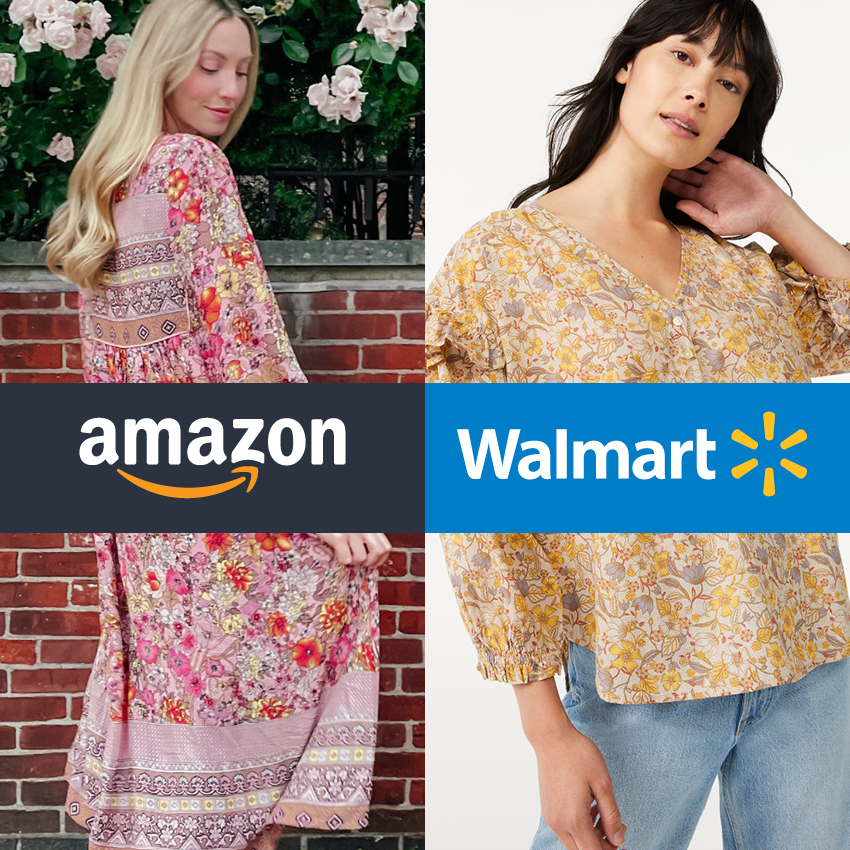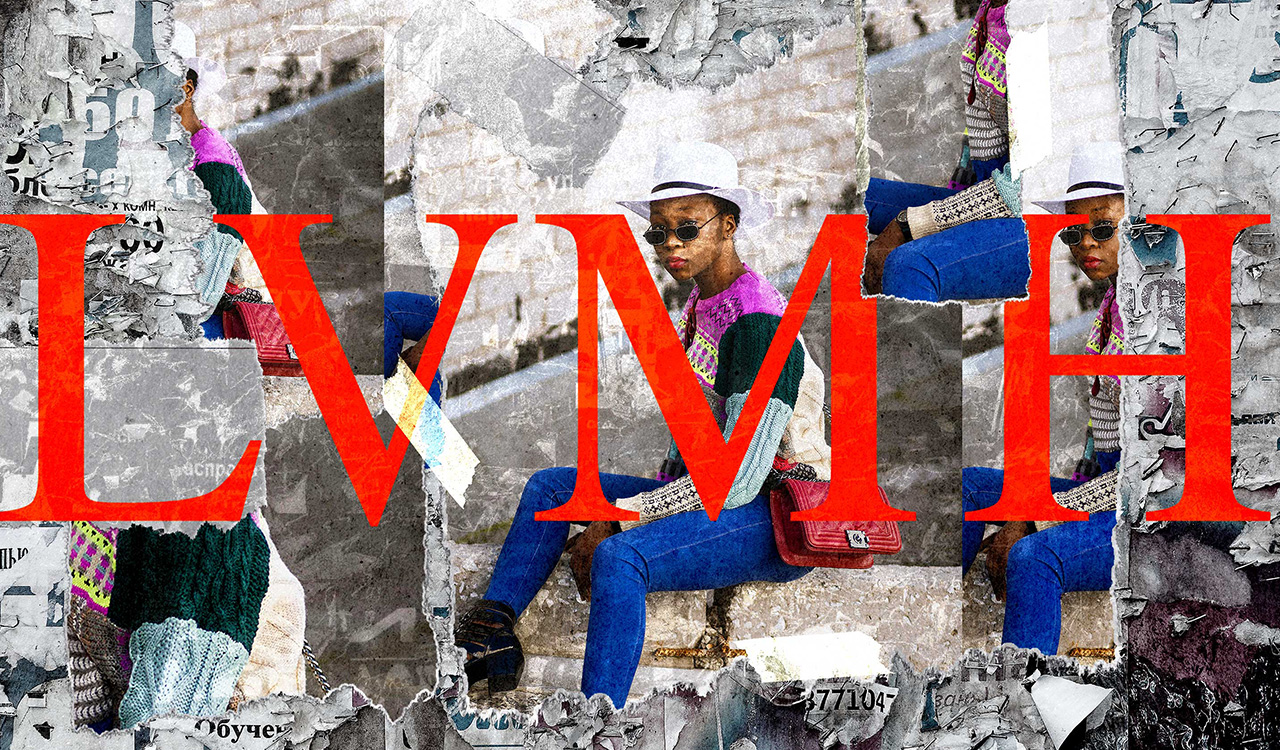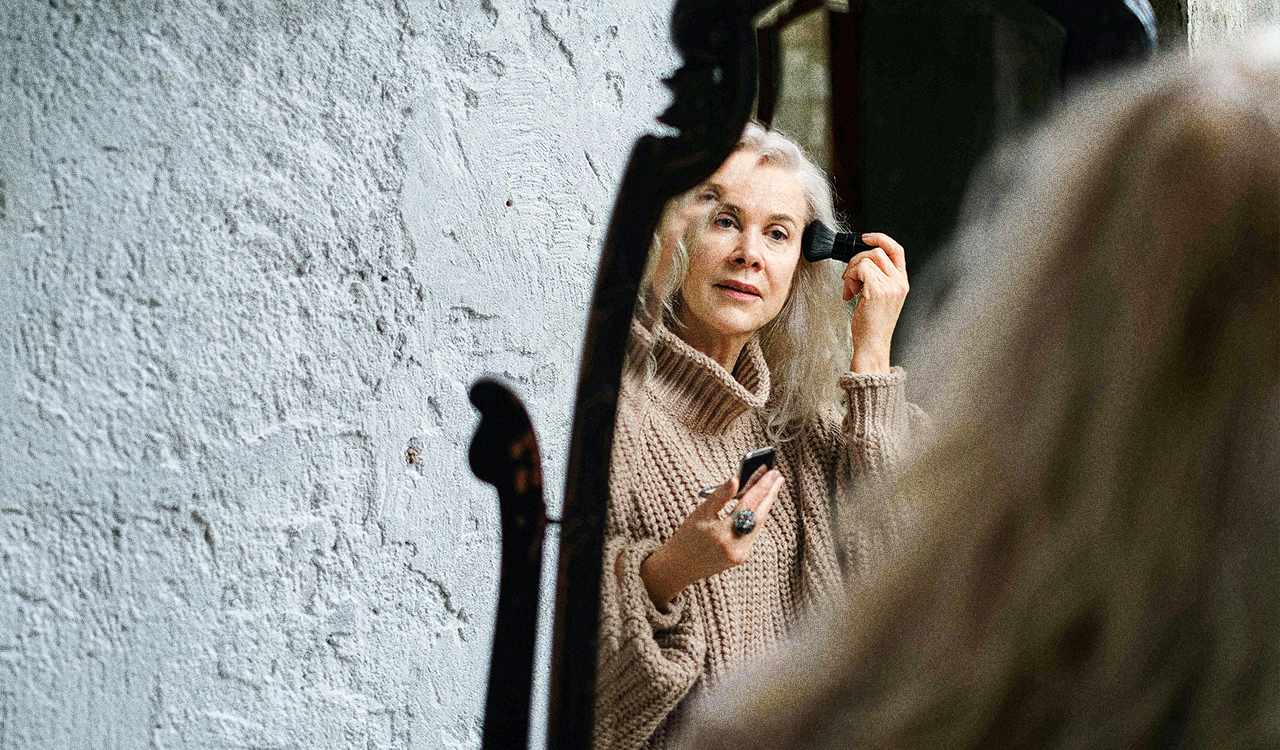What a difference a year makes. Amazon recently eclipsed Walmart as the retailer with the highest apparel sales, and its growth doesn’t show signs of slowing down anytime soon. According to Wells Fargo, Amazon’s apparel and footwear sales in the U.S. grew by 15 percent in last year. This means that Amazon’s apparel sales are now 20 percent to 25 percent above Walmart’s. The luxury segment is a particular bright spot for Amazon. Not in the sales made by the luxury brands, but in Amazon using the luxury segment to create a better brand positioning than the competition.
However, this isn’t for lack of trying on Walmart’s part. Let’s take a look at how Walmart is competing with Amazon in the apparel and accessories categories, and what moves Amazon is making to continue eclipsing the legacy retailer.
Walmart Tries to Take Things Up a Notch
Online purchases accounted for 24 percent of total apparel sales in 2019, and that number jumped to 34 percent in 2020. An extended pandemic means extended online sales for retailers. And Walmart isn’t turning a blind eye to social commerce. In the race to become the top fashion retailer, Walmart has put a lot of effort into refining its brand image on social media.
[callout]Even if customers never flock to Walmart for luxury products, Walmart needs a few more respectable brand names to be considered any type of fashion destination. In other words, Walmart needs to take a page from Target’s book by creating low price point collaborations with in-demand brands.[/callout]
It’s true that historically, Walmart hasn’t been known for fashion. However, the retailer’s recent revamps target the channels that younger fashion consumers, such as millennials and Gen Z, use to get shopping inspiration online. Millennials can now scroll to the Latest Trends page on Walmart’s website to find Pinterest-worthy outfit combos and home décor ideas. Walmart has sponsored posts by popular fashion bloggers, as well as sponsoring influencer recommendations on Instagram. Walmart’s even selling “fashions” from Kendall and Kylie (Jenner), and yes, the company’s marketing department is opportunistically sharing images of the celebrity sisters on social media.
And for Gen Z? Influencer fall haul videos on YouTube. The Walmart Fashion Instagram account now has a whopping 138k followers. Walmart is even revamping its brand catalogue. The legacy retailer recently added the recently defunct, then resurrected tween superhit brand Justice to its fashion repertoire. Justice recently reopened online after Ascena Retail Group sold the brand to Bluestar Alliance for $90 million. Walmart will host 140 new Justice apparel, accessory, bedding, bath, and tech items –– right in time for back-to-school.
Here’s the deal. Even if customers never flock to Walmart for luxury products, and I doubt they will, Walmart needs a few more respectable brand names to be considered any type of fashion destination. In other words, Walmart needs to take a page from Target’s book by creating low price point collaborations with in-demand brands. Heck, even Kohls has Vera Wang and Adidas. Although Walmart has always sold apparel, it’s very late to the fashion game.
And the Bougiest Mass Market Retailer Award Goes to…
Amazon has gone a bit further in terms of dipping their toes into the fashion pond. Like any retail or tech venture the behemoth sets its sights on, Amazon entered the market with the intention of taking the game. The company’s own low-priced private labels with decent quality products give the retailer a home court advantage. When you tack on incredibly speedy shipping, it makes even more sense that consumers are flocking to their Amazon apps in droves. Amazon fashion sales now represent 11 to 12 percent share of all apparel sold in the U.S. and a staggering 34 to 35 percent share of all apparel sold online.
But Amazon is also innovating the online shopping experience in a way that Walmart hasn’t –– by aggressively pursuing collaborations with luxury and hot ticket brands. Amazon launched its luxury segment with Oscar de la Renta last fall. The powerhouse has since added La Perla, Rodarte, Christopher Kane, and Altuzarra to its platform. Walmart’s luxury shops, on the other hand, is mystifying in even using the term luxury; it is principally bedding and not sold at a “luxury” price point.
Still, Amazon has struggled to get other top names to agree to sell on the platform. And the company has lost a few of the brand names it has acquired along the way. Footwear brands Nike and Birkenstock and Swedish home retailer Ikea all decided to take their business elsewhere due to knockoffs being sold on the platform and pricing battles with third-party sellers.
The truth of the matter? Amazon is a cutthroat marketplace, and it gives the seller very little control over how their brand is portrayed. Luxury houses are still learning how to create an experience worthy of their price point online and selling on Amazon eradicates many of the bells and whistles that these houses use to inspire customers to make a purchase. Still, desperation is the foundation of innovation, and name brands are flocking to Amazon simply because they can’t afford to miss out on the market share commanded by the leviathan.
Legacy Retailers Struggle to Compete
Amazon now claims an impressive 30 to 35 percent share of the online apparel and the online footwear market. Yes, it’s true that not every brand on is successful on the marketplace. But when one apparel brand fails on the platform, the company adds another four that are a raging success. Amazon’s constant hustle for quality partnerships is a big part of why legacy retailers can’t seem to come close to Amazon’s success.
To put this in perspective, Macy’s is the second largest online fashion retailer in the United States. Last year alone, Amazon sold almost 7x as much apparel and footwear as Macy’s. And it just keeps growing. Whether Amazon manages to successfully tap into the luxury fashion market or not, the fact that the company has a luxury presence at all will prove to be a draw for higher-spending consumers. It legitimizes Amazon as a fashion resource to potential customers.
Amazon provides a valuable channel for luxury retailers to increase the accessibility of their brand, particularly during the second wave of the pandemic, without the brand dilution that comes with selling at Ross Stores or T.J. Maxx. But to truly assess the viability of selling on Amazon, we’ll have to monitor what happens to the Rodarte, Oscar de la Renta, and La Perla brands in the years to come.




